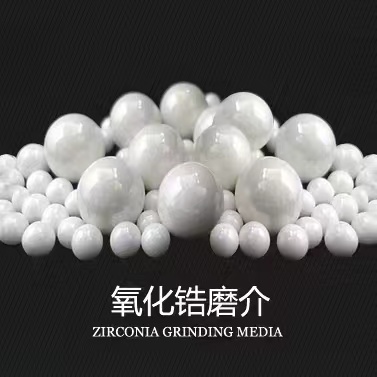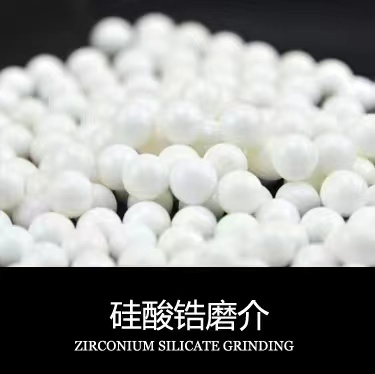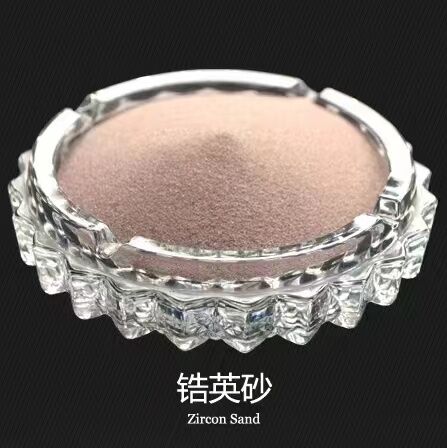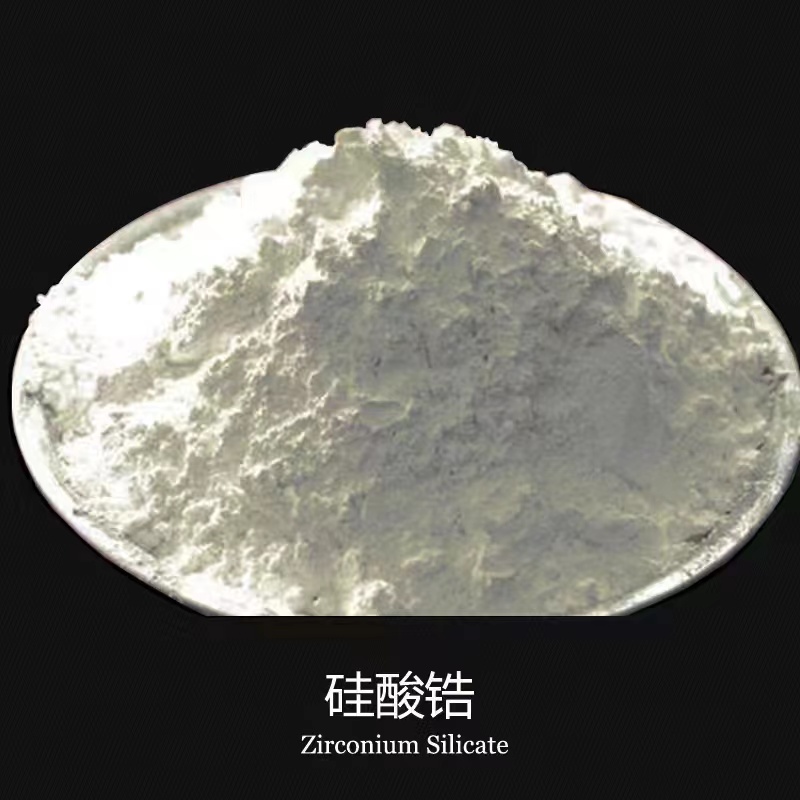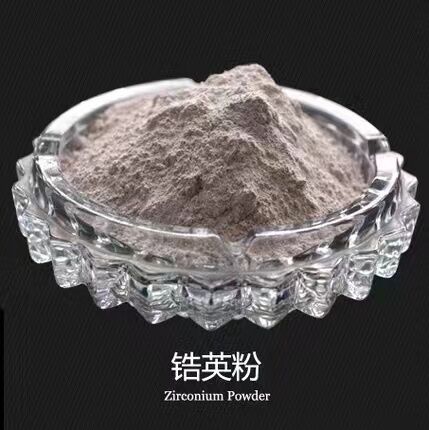
MESSAGE
Zirconia - basic information
Chinese name zirconia
The English name is Zirconium(IV) oxide
alias C.I. pigment white 12
zirconia
Zirconium dioxide (stable insulation grade)
Zirconia (nano)
Fully stable zirconia
Zirconium dioxide (stable)
Zirconia(IV)
Stable zirconia
Ultrafine zirconia
CAS 1314-23-4
53801-45-9
EINECS 215-227-2; 258-784-7
Chemical formula O2Zr.O3Y2
Molecular Weight 349.031
InChI InChI=1/2O. Zr/q2*-2; +4
melting point 2700 °c
Water-soluble insoluble
Storage conditions 2-8°C
Physical and chemical properties Properties White amorphous powder. Odorless and tasteless.
melting point 2715 °c
The relative density is 5.85
solubility insoluble in water, soluble in hot concentrated hydrofluoric acid, sulfuric acid.
White amorphous powder. There are several variations of its crystal form, white powder to microcinnamon color is monoclinic crystal system, yellow powder is cubic crystal system. Odorless and tasteless. The cubic crystal system is relative to this must 5.6; the monoclinic crystal system is relative to this must degree 5.85. Melting point 2715 °c. Insoluble in water, soluble in hot concentrated hydrofluoric acid, sulfuric acid. Eutectic with alkali produces the corresponding zirconate. Chemically stable.
Product use for the preparation of metal zirconium and zirconium compounds, refractory bricks and crucibles, high-frequency ceramics, abrasive materials, ceramic pigments and zirconate, etc
Mainly used in piezoelectric ceramic products, daily ceramics, refractories and precious metal smelting zirconium bricks, zirconium tubes, crucibles, etc. It is also used in the production of steel and non-ferrous metals, optical glass and zirconia fibers. It is also used in ceramic pigments, electrostatic coatings and baking paints. Used in epoxy resin can increase the corrosion resistance of heat-resistant brine.
Zirconia - properties
It is a white heavy amorphous powder. Odorless and tasteless. There are three crystal forms: monoclinic crystal system, cubic crystal system and square crystal system. Relative density5. 85, melting point 2680 °C, boiling point 4300 °C, refractive index 2.2. Square crystals are formed above 1100 °C, and square crystals are formed above 1900 °C. Soluble in sulfuric acid, hydrofluoric acid, hot hydrochloric acid and nitric acid, but also soluble in molten potassium bisulfate. Eutectic with sodium carbonate to generate sodium zirconate, sodium zirconate can be hydrolyzed into sodium hydroxide and almost water-insoluble zirconia hydroxide.
Zirconia - uses
Open Data Trusted data
High-purity ultra-fine zirconia can be used as a stabilizer for incandescent lamps, which has far-infrared electrical properties, so that it saves electrical energy and improves the life of lamps, and has been widely used. In addition, zirconia has a high refractive index and high temperature resistance, and can be used as enamel enamel, refractory and electrical insulation materials. It can also be used as X-ray photography, abrasive materials, optical glass, optical fiber, micro-integrated circuit board, high-magnification microscope and magnifying glass combination glass lens. It is also a material for the production of ceramic tiles and sanitary ceramics, which can improve the toughness of ceramics and prevent ceramic cracking.
Products Recommended
Please give us a message

